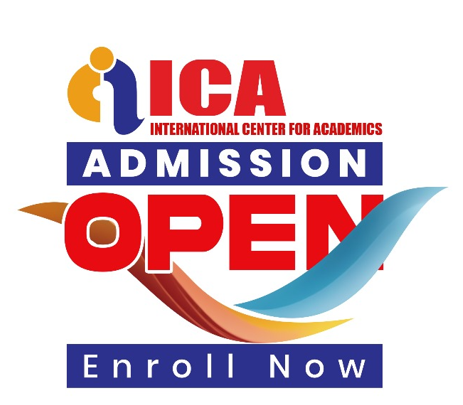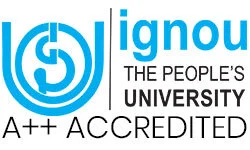
Types of learning an Open University can opt
There are four terms related to Open University that are often used. They are used to mean the same thing but they have significant differences.
Distance Education
Distance education is more of a method of education where students can have their own time and venue for studies. They don’t need to be face to face with the teacher.There are more than 270,000 undergraduates who are opting for distance learning along with 108,000 postgraduate students for their degrees. Here, technology plays a critical role as an element of distance learning. Recently, arrival of internet along with wide spread use of internet has projected great promises to institutions who have chosen distantly delivered tuition and studies.
Students can engage with learning materials from home or even from work. Learning materials as such are directly produced by the college, university of learning provider and are either sent directly via post to the student of are often these days are accessed via internet. Even tutorial support is provided in a virtual learning environment including email, telephone and other electronic devices.
Distance learning is not necessarily open. Unlike Open Universities some universities have taken up the methodology of distance education but they have certain prerequisites under which they accept admission of students.
Open Learning
Open learning is primarily an educational policy or a goal. The core of open learning facilitates an idea where there are no barriers to learning. This means education institutions who have settled with open learning will accept every student who may or may not have prior academic qualifications if they are determined to go and get a degree. In other words be a knowledgeable graduate who is no less than an academic graduate. Ideally nobody is denied access for open learning. Even people with disability should be able to opt for open learning as open learning itself claims to be education for all. Open Learning needs to be flexible and scalable. Open learning also should have implications of technology. Open learning needs to use those technologies which is available to everyone and used by everyone. There is a movement called open content movement which would like to make every digital learning materials available for free to anybody who is able to access the internet.
Flexible Learning
Flexible Learning or Flexi learning revolves around the idea that learning should occur in a flexible manner regardless any social, geographical and time constraints of the related learners. This concept is suited more for the individual learners rather than the educational institution. Flexible learning might include distance learning but it also might have face to face tuiton in their workplace or during the off peak hours in the campus itself. A campus may remain open for longer hours, during the weekends or even during holidays. Just like distance learning it is a methodology compared to Open Learning which is more of an idea or philosophy. However it is more associated with increased access and therefore open-ness.
Virtual/Online Learning
Online learning might more often be a part of “distance learning” and sometimes it might also be a means for “blended learning”. Use of internet and devices like computers are used in Online learning. Online learning might also occur on campus as much as it is suited to being off campus. Even face to face teaching can be blended with online learning where materials can be delivered from a remote server to the computer in a classroom or it can be downloaded and printed replacing the text books.
Hence not all teaching methods paired with Open University might mean they facilitate open learning only. Also all these words used dont necessarily mean the same. So it is better if we know what all these new learning methods mean and where they can possibly be used.
 01- 4579685/ 4583902/ 4578471/ 4591485
01- 4579685/ 4583902/ 4578471/ 4591485 support@ica.edu.np
support@ica.edu.np
 9818505224
9818505224


